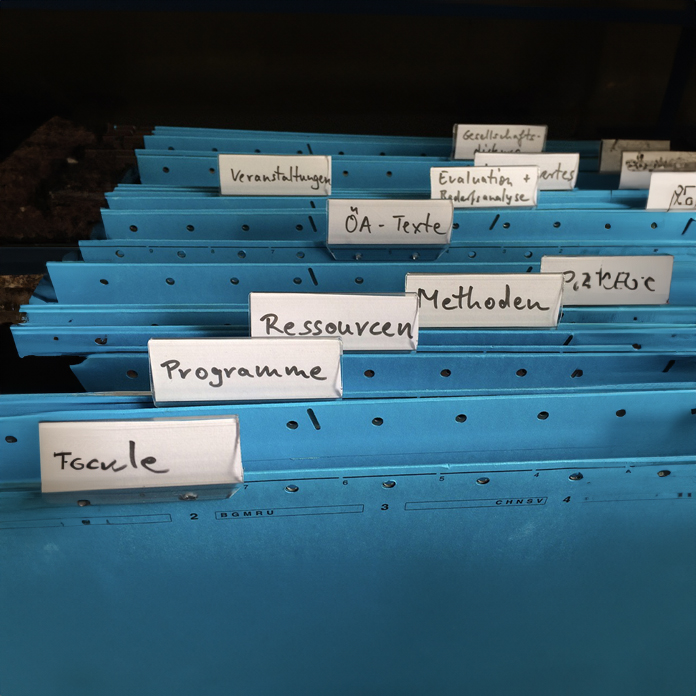
Situation
In many organizations, Excel was being overused for nearly every task, from project management to record-keeping. This led to widespread issues, including the proliferation of spreadsheets with different revisions scattered across various departments. The lack of centralized data management resulted in significant challenges, such as missing traceability, poor data validation, and an increased risk of human error, especially when merging data from multiple sources.
The time-consuming process of consolidating data from these disparate spreadsheets not only wasted valuable time but also introduced errors that compromised the accuracy of the information. Additionally, the organization needed to maintain compliance with ISO 9001 quality standards, which required meticulous documentation and record-keeping. This included tracking time spent on tasks, maintaining training records, and managing project expenses—tasks that were all handled through a convoluted web of Excel documents, making it nearly impossible to ensure consistent data integrity and easy access to critical information.




